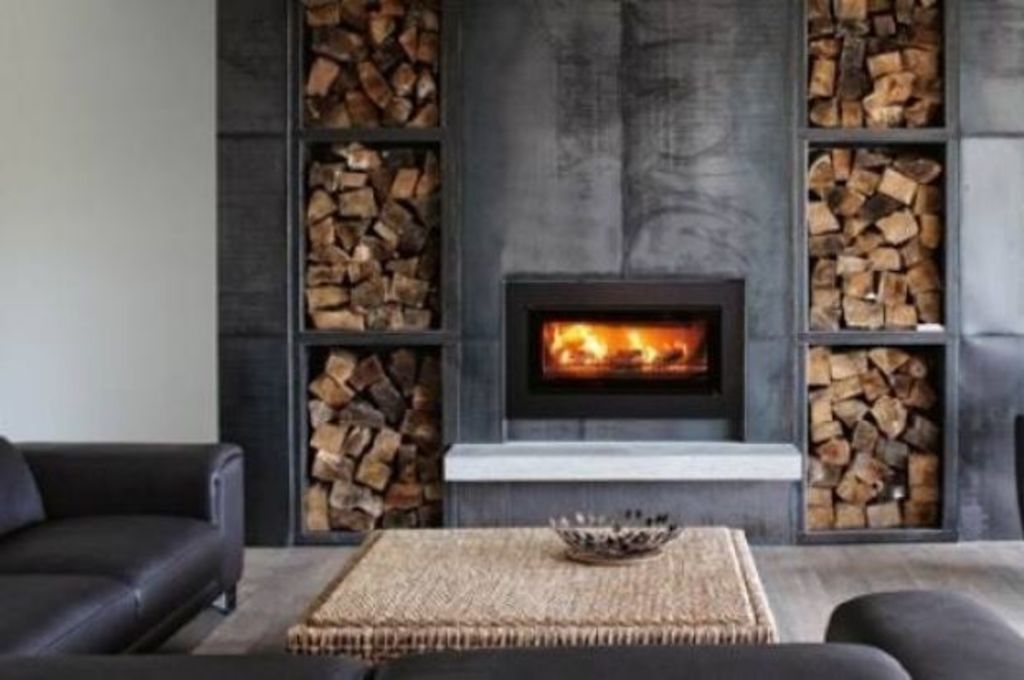Expert advice on the best way to heat your home this winter

If you’ve ever bought a heating appliance only to find it woefully inadequate for the task at hand, you need Christian Hoerning’s advice. A technical expert at EECA Energywise, he tells us how to stay toasty without getting burned by the end-of-month bill:
For larger rooms you want to heat regularly, it’s worth paying a bit more upfront for a fixed heater with lower running costs and more heat output than a small electric heater can provide.
Electric heaters may be enough for smaller rooms and rooms you only heat occasionally.
Avoid unflued gas heaters (either portable or with pipes fixed to the walls) that release toxic fumes and moisture, and open fires that are draughty and inefficient.
Match the size of your heater to the space. An oversized or undersized heater won’t work effectively, and can cost more to run.
To minimise the environmental impacts, choose a heating option that uses renewable energy, like wood, wood pellets or electricity (which is about 80 per cent renewable on average).
Choose the most efficient model for the job, and use and maintain your heater properly – for example, have heat pumps serviced and regularly clean the filters.
- Related: Do sleep-tracking devices actually work?
- Related: How to control your temperature in bed
- Related: Cleaning mistakes that almost everyone makes
Fireplace: The expert advice
One reason wood fires have fallen somewhat out of favour is increasing clean air regulations in our cities. But wood is a renewable resource – and a real wood fire has romance on its side. So if you’re a sucker for the crackle and the ritual of stoking the logs, look for one that is clean air approved for urban areas.
“For large, open-plan rooms you can’t go past double-sided fireplaces as room dividers. They visually connect two spaces, and add intimate zones to the setting.” – Alex Hodge, Escea.
“Electric fireplaces, using sophisticated LED technology that mimics flames with different effects and colours, are no longer confined to in-wall options. Products such as the Gazco Skope Outset fires can be installed as a two- or three-sided fire so they make a stunning visual centrepiece.” – Geoff Dunn, The Fireplace
“A fireplace in the bedroom is the ultimate luxury, but definitely a better option with gas due to its on/off button convenience and controllable temperature. No one likes to sleep in a room that’s too hot. Escea’s multiroom DX Series has the ability to duct heat into different rooms – a good option for bedrooms as 90 per cent of the heat is ducted, not radiant. – Alex Hodge, Escea
“A fireplace in an outdoor room will add value to your home and extend your living space. Fireplaces provide a central social hub and make alfresco dining a lot more inviting. Escea’s EF5000 outdoor gas fireplace is an easy-to-install option that doesn’t need a flue, so it’s great for balconies and roof gardens that have views you don’t want to obscure.” – Malcolm Burton, Stoke Fireplace Studio
Other ways to heat
Sarah Moore from Rinnai says whole home heating (or central heating) is can be unusual, as most of us are used to spot heating just the living area. “Whole home heating allows you to have a warm, comfortable dry house and we have seen strong growth in this space over the last few years. We expect this trend to continue as more people understand the benefits of heating their whole home.”
Fan heaters are ideal for small spaces such as home offices or powder rooms that measure around 15sqm. Installed in a bathroom, they also reduce steam and should be turned on before you take a shower.
Wall mounted and perfectly quiet, convection panel heaters are a good choice for hallways and bedrooms. Choose one with a timer and an accurate digital thermostat.
Radiant heaters are for personal warmth; if you work from home in an open-plan space you could possibly do with one in the depths of winter but they will make no difference to the ambient temperature of the room.
Don’t forget to move the heat outdoors. A 2400W electric outdoor patio heater, for instance, provides heat for areas up to 10m away.
– This story originally appeared on stuff.co.nz
We recommend
We thought you might like
States
Capital Cities
Capital Cities - Rentals
Popular Areas
Allhomes
More
- © 2025, CoStar Group Inc.







